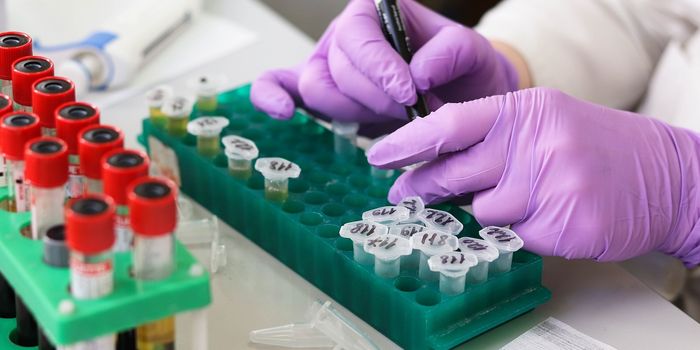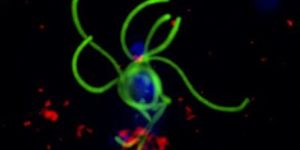More Challenges in Immunotherapeutic Developments

Fighting disease using the immune system is the body’s most prized possession and it does so by utilizing immunotherapy. However, a discovery by researchers at the University of Notre Dame has found a challenge in creating molecules for immunotherapy for the purpose of drug development. More specifically, researchers found two different peptide antigens that react with one T-cell receptor (TCR) according to the study published in Nature Chemical Biology.
"Essentially, we discovered that T-cell receptors can be much more cross-reactive than we previously envisioned, which is somewhat concerning for the entire field," explains lead author Timothy Riley.
Considered a subtype of white blood cells, T cells are responsible for detecting any changes in our immune health. However, they do not always detect cancer cells; ignoring their potential threat. For T-cell immunotherapy, targeted cells are altered to contain receptors that allow T cell recognition of ‘dangerous’ cells. Although this particular immunotherapeutic is effective, it can also attack and destroy healthy cells. Thus, scientists have been seeking to predict reactivity and to ensure that T cells recognize only the targeted cells by delving deeper into the TCR analysis.
To learn more about T-cells and TCR, watch the video below:
"We thought the TCR was ignoring small differences (in the highly charged target) a little bit, and simply found things similar to recognize," says Brian Baker, the John A. Zahm, C.S.C., Professor of Structural Biology and chair of the Department of Chemistry and Biochemistry. "But that was wrong. We discovered that this peptide moved and adapted in order for the receptor to bind, in a way that no one had seen before."
These two different proteins, or peptide antigens, worked at the same level for binding specificity with DMF5, where they stimulated the receptor and induced an immune response. "It doesn't really matter how it works, as long as binding occurs," Riley said.
The research findings have advanced our understanding of how to develop immunotherapies in the realm of drug discovery, but remains a hurdle to overcome. "What's significant is that people try to make predictions for developing these models for therapy, and about the kinds of ways you can recognize targets," explains Riley. "Now that we have great examples of a T-cell receptor recognizing multiple peptide antigens that are structurally different, we can use them to build hypotheses and test predictions."
Source: University of Notre Dame








